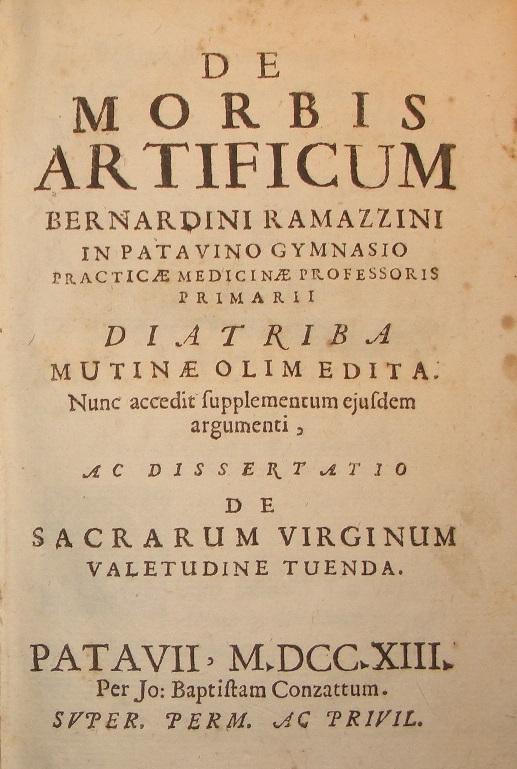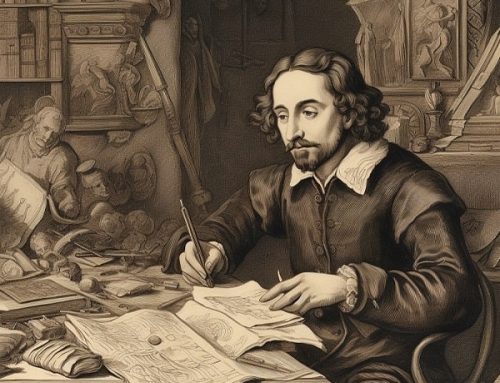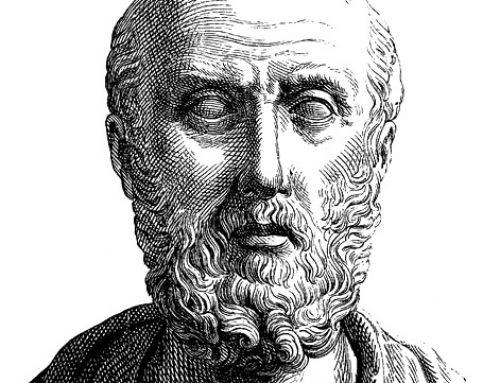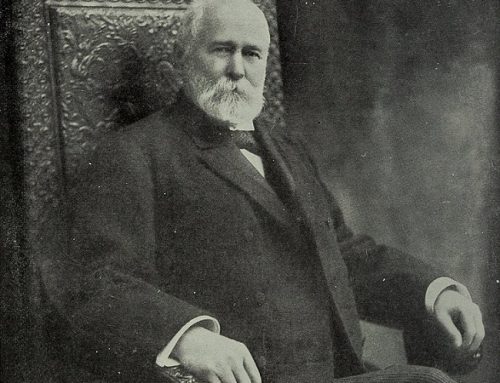The De Morbis Artificum Diatriba (in English: Dissertation on Workers’ Diseases) is the first book written specifically about occupational diseases and work-related risk prevention. The book was written by Bernardino Ramazzini (1633 – 1714), an Italian physician from Modena. Ramazzini wrote the book in 1700, and a second edition was printed in 1713. Ramazzini attended the University of Parma where he became a Doctor of Philosophy and Medicine in 1659. In 1682, he was designated the Chair of Medicine in the reopened University of Modena, where he taught for 18 years until 1700. Ramazzini was an early researcher of epidemiology as he described outbreaks of lathyrism (1690) and malaria (1690–95) in Italy. He is also considered to be the father of occupational medicine.
The De Morbis Artificum Diatriba contains descriptions of diseases associated with over 53 different occupations, from the mercury poisoning of Venetian mirror-makers to the diseases afflicting learned men. The book includes analytical and methodological approaches to diagnose and prevent diseases associated with them, and was the first book to consider substance exposure as a cause of headaches. Ramazzini also believed that a physician must determine the patient’s occupation in order to discover the cause of the patient’s disorder.
One of the great contributions of this book is Ramazzini’s pinpointing of the associations between hazards and diseases which he based on intuition and logical deductions. He was able to anticipate the principles of epidemiology, which is based on observation of pathologic events in groups of workers, not just individuals. The establishment of links between hazards and diseases allowed Ramaziini to stress relationships between workers’ illnesses and injuries and their exposures to a variety of conditions, and to classify a variety of diseases according to the health risks present in related working situations. Ramazzini also personally visited workers at various working sites to conduct his research.
Workers Whose Diseases Are Covered in De Morbis Artificum Diatriba:
Miners
Gilders
Healers by injunction
Chemists
Potters
Tinsmiths
Glassmakers
Painters
Blacksmiths
Plasterers and lime workers
Apothecaries
Cleaners of cesspits
Fullers
Oilmen
Tanners
Cheesemakers
Lutestring makers
Tobacco workers
Corpse workers
Midwives
Nurses
Vintners and brewers
Starch makers
Corn sifters and measurers
Stonecutters
Laundresses
Hemp, flax, and silk workers
Bathmen
Salt workers
Workers who stand
Sedentary workers
Runners
Horsemen
Porters
Athletes
Workers on minute objects
Voice trainers and singers
Farmers
Fishermen
Soldiers
The learned
Printers
Writers and notaries
Confectioners
Weavers
Coppersmiths
Carpenters
Razor and lancet grinders
Brickmakers
Well diggers
Sailors and rowers
Hunters
Soap makers










